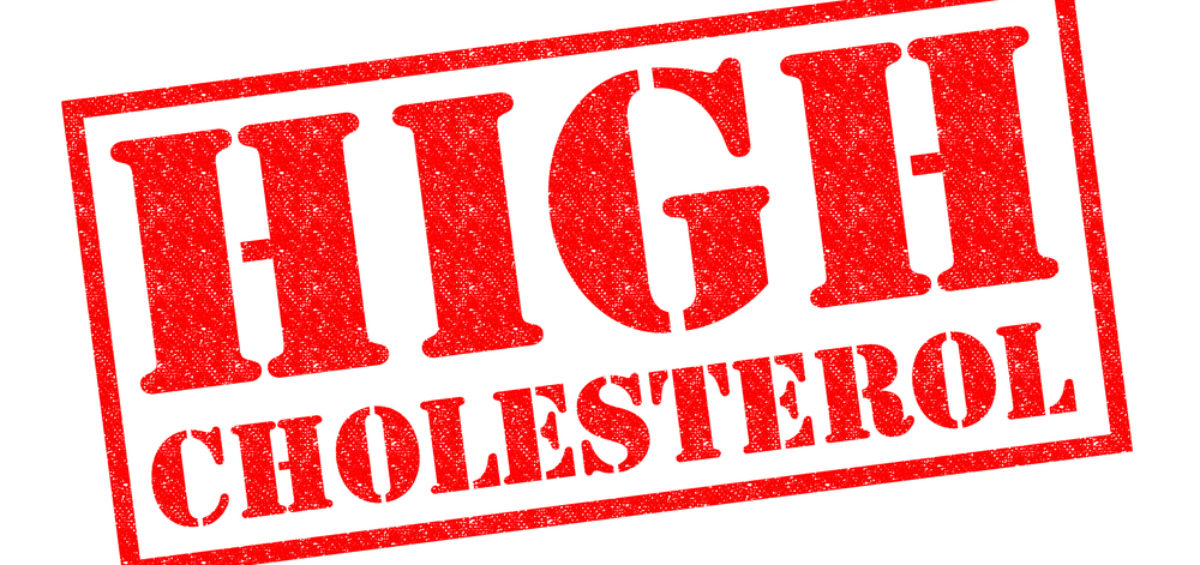If you’ve been told you have “high cholesterol” you are only getting part of the story. To determine your cholesterol levels, physicians often run standard blood tests that measure the following: LDL, HDL, triglycerides, and total cholesterol. This is an ok starting point, but it doesn’t really tell you much. That’s because LDL and HDL have multiple subtypes – some are harmful and some are protective.
Over the years cholesterol has been reduced by the medical industry to being either “good” or “bad.” HDL has been deemed good, and LDL bad. HDL is considered good cholesterol because it helps remove the LDL cholesterol from the body. This sounds simple enough, but in fact not all HDL is good and not all LDL is bad.
Cholesterol travels through the blood in particles called lipoproteins. These lipoproteins are made up of protein + cholesterol and they come in different sizes and densities. The most common are high-density lipoproteins (HDL) and low-density lipoproteins (LDL). Small dense particles of HDL and LDL can easily enter the walls of injured arteries and worsen inflammation throughout the body. Therefore, having a higher number of small dense particles increases your risk of heart disease and stroke.
These types of LDL & HDL particles are harmful:
-
Small, dense LDL: these particles are easily oxidized and penetrate the thin layer of the arterial wall (endothelium) to form plaque
-
Lp(a): this small, dense LDL particle inflames the blood and makes it sticky and therefore more prone to clotting. You want your Lp(a) to be as low as possible. Ideally <30mg/dL
-
RLP (Remnant Lipoprotein): has a similar composition and density of plaque, and is believed to be a building block of plaque. This particle is a big contributor to the inflammatory process. Having elevated levels of RLP increases your risk of stroke.
-
HDL-3: These are small, dense and inflammatory. You want to have low levels of HDL-3.
These types of particles are protective:
-
HDL2b: These are the most protective particles. They are anti-inflammatory and reduce the accumulation of plaque being laid down on the walls of arteries. You want to have high levels of HDL2b.
-
Large Fluffy LDL particles. These are large and buoyant and associated with lower disease risk. You want your LDL cholesterol to be of this type.
This is the key point: it’s not just about how high your LDL or HDL is. It’s about what kind of LDL & HDL you have and how much.
If you don’t know what types of lipoproteins you have, and you are taking a statin drug, you are essentially just trying to lower your cholesterol and hoping for the best. To me, this is a poor strategy that yields poor results. For example: If your results showed you have high levels of Lp(a) – the small dense type of LDL particle that is harmful – you would want to consider the following:
– Niacin (Vitamin B3), Fish oil and nattokinase can effectively neutralize the inflammatory activity of Lp(a)
– Statin drugs which are commonly prescribed to decrease cholesterol levels have been shown to increase Lp(a) and lower the protective large fluffy LDL particles. This is not what you want.
You would also want to be very mindful about exposure to factors that damage your artery walls and create opportunities for Lp(a) to further injure them. These factors include: trans-fatty acids, cigarette smoke, free radicals, lead, and insulin…just to name a few. You should also closely monitor your homocysteine levels. Homocysteine is an amino acid that can cause your body to deposit sticky platelets in your blood vessels which can lead to the hardening of arteries.
In my medical practice I use the Comprehensive Cardiovascular Risk Profile Test by Doctor’s Data to assess my patients complete heart health status. This test is very detailed and measures both the density and number of lipoprotein particles, risk factors (markers of inflammation), and the levels of cardio-protective nutrients in your body.
If you have high cholesterol I would recommend you get this level of testing done. The information yielded from these tests is invaluable because it allows you to accurately assess your cardiovascular risk, and develop a treatment plan that will effectively reverse the disease process. In my medical opinion, having all of the facts is one of the best strategies for creating optimal health.



Leave a Comment